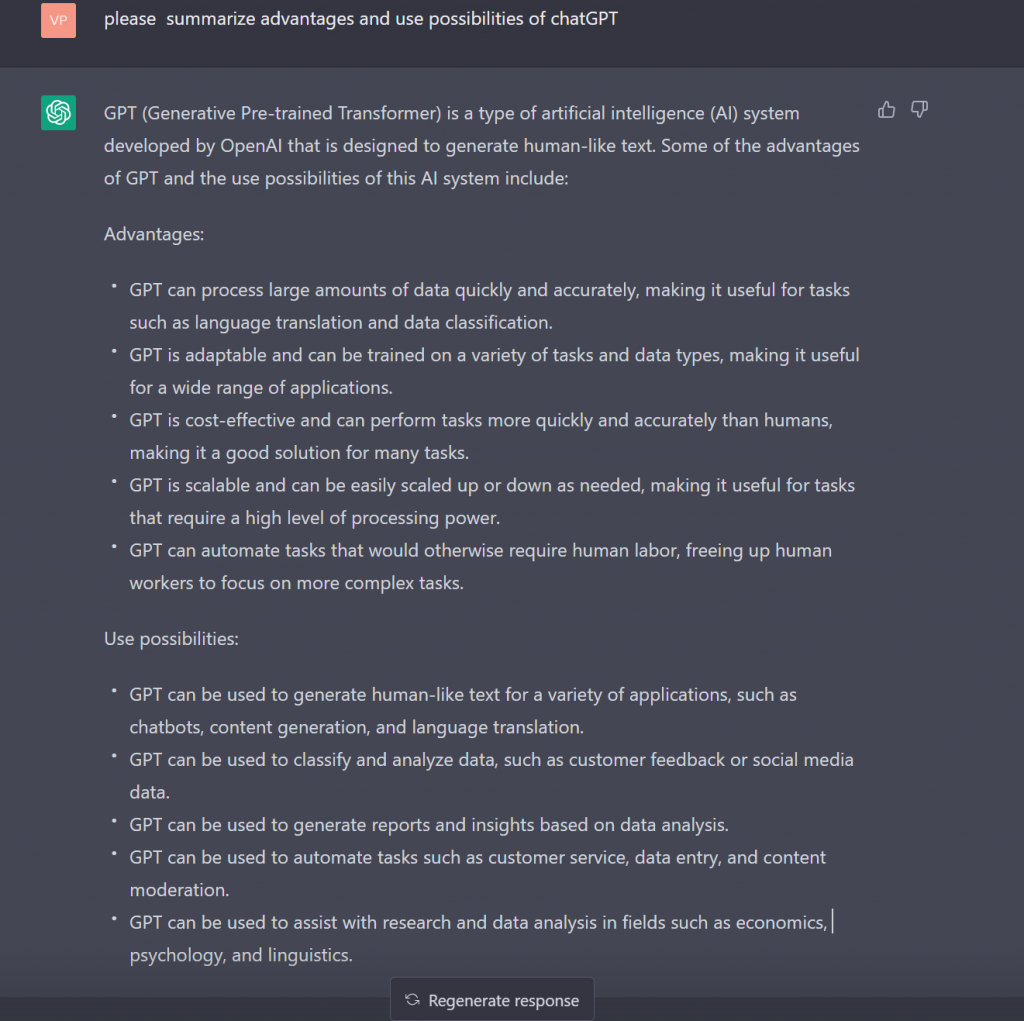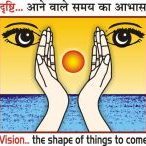Enter the Dragon
Less than two weeks ago, OpenAI released ChatGPT, a powerful new chatbot that can communicate in plain English using an updated version of its AI system. While versions of GPT have been around for a while, this model has crossed a threshold: It’s genuinely useful for a wide range of tasks, from creating software to generating business ideas to writing a wedding toast. While previous generations of the system could technically do these things, the quality of the outputs was much lower than that produced by an average human. The new model is much better, often startlingly so.
We’re hitting a tipping point for artificial intelligence: With ChatGPT and other AI models that can communicate in plain English, write and revise text, and write code, the technology is suddenly becoming more useful to a broader population of people. This has huge implications. The ability to produce text and code on command means people are capable of producing more work, faster than ever before. Its ability to do different kinds of writing means it’s useful for many different kinds of businesses. Its capacity to respond to notes and revise its own work means there’s significant potential for hybrid human/AI work. Finally, we don’t yet know the limits of these models. All of this could mean sweeping changes for how — and what — work is done in the near future.
Published in Harvard Business Review by Ethan Mollick, Associate Professor of Management, The Wharton School
Put simply: This is a very big deal. The businesses that understand the significance of this change — and act on it first — will be at a considerable advantage. Especially as ChatGPT is just the first of many similar chatbots that will soon be available, and they are increasing in capacity exponentially every year.
Why does it matter so much?
I have written down a few case studies in which ChatGPT proved to be extremely useful and a game-changing tool
- Prepares notes, provide pointers for presentation and ideas for essay. No big deal, but found it much better than google. No need for data mining.
- I asked “speed of two trains going in different directions is 36 km/hr and 60 km/hr. Length of 1st train is 60 meter. it took 1 minute for the trains to cross each other. what is the length of the second train”. It solved incorrectly, without converting 1 minute to hour. However when I pointed this out, it apologized, converted minute to hour, and gave the correct solution!
- Question “Two fair dice are rolled. What is the probability that their sum is greater than four?” The answer was complete and accurate to the dot. You seriously need to try this to check the lengthy illustration it gave!
- This is again something completely different “prepare 4 multiple choice questions on probability”. Questions were pretty reasonable. Tried on various topics/subject. Went for objective, subjective and other options. Was pretty close most of the time. Google isn’t going to provide same soon.
- Gave ChatGPT a sentence “ram and shyam was going city. then hungry. see shop selling banana. eat 6 each” Corrected it to “Ram and Shyam were on their way to the city when they became hungry. They saw a shop selling bananas and each ate 6 bananas.” Was similarly able to point out grammatical, spelling, and even errors in C# code! This again is something novel and extremely useful!
- Another innovative version; I have a paragraph and asked it to add humor to it. Was funny. Asked to try tragedy and horror. The results were impressive. It even wrote a poem out of it.
- Can write good character sketches. Though at times it becomes the old uncle and lectures on need to remain good and refrain from bad!
- Was pretty tactful in answers of question like ‘Is God real’, ‘Which is older- Ramayana or Mahabhrat’ and ‘Was British rule good for India’.
- Checked answers of ‘give a day of a merchant from Gupta empire’ with ‘give a day of a merchant from Chola empire’. Both were same but food was different with rasam, sambhar, and coconut coming in the chola period. However was blunt overall and will not be able to sell a novel anytime soon!

Real Applications
At first glance, ChatGPT might seem like a clever toy. On a technical level, it doesn’t work differently than previous AI systems, it’s just better at what it does. But a deeper exploration reveals much more potential. And the more you look, the more you see what has changed with this model — and why it seems like a tipping point.
ChatGPT, now open to everyone, has made an important transition. Until now, AI has primarily been aimed at problems where failure is expensive, not at tasks where occasional failure is cheap and acceptable — or even ones in which experts can easily separate failed cases from successful ones. A car that occasionally gets into accidents is intolerable. But an AI artist that draws some great pictures, but also some bad ones, is perfectly acceptable. Applying AI to the creative and expressive tasks (writing marketing copy) rather than dangerous and repetitive ones (driving a forklift) opens a new world of applications.


